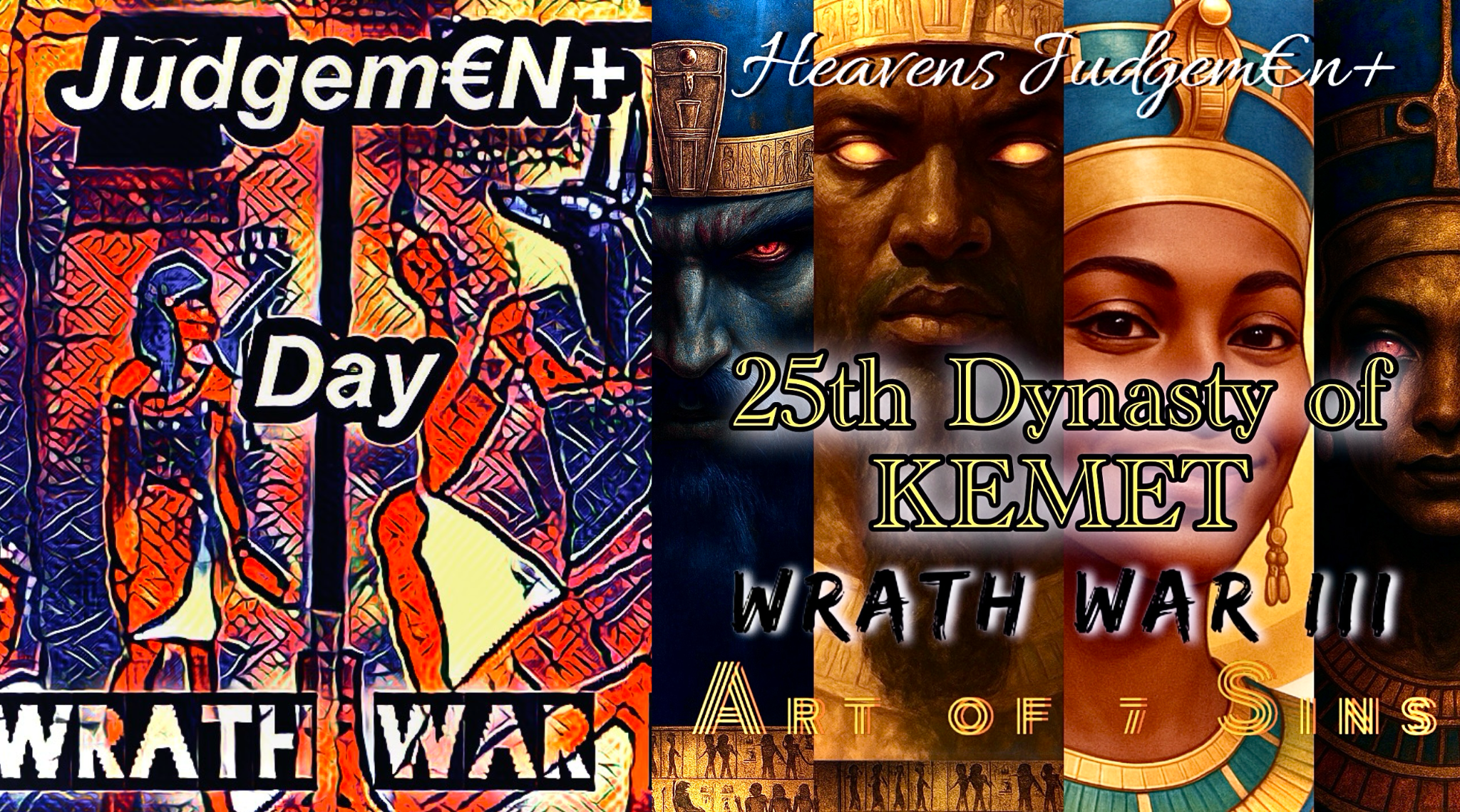4gotten Pharaohs

In the shifting sands of ancient Africa lies a truth too often buried beneath colonial myths and Eurocentric narratives: the Kingdom of Kemet—known today as Egypt—was deeply entwined with, and at times ruled by, powerful black dynasties of Nubian descent. These forgotten pharaohs, descendants of the southern Kingdom of Kush, were not invaders, but restorers, spiritual leaders, and stewards of ancient traditions. Their reign, particularly during the 25th Dynasty, represents a golden yet obscured chapter in African and world history.
To understand the legacy of these Nubian pharaohs, one must first travel southward along the Nile to the land of Kush, a region that now lies within the borders of modern-day Sudan. Rich in gold, ivory, and iron, Kush was more than a peripheral neighbor to Egypt—it was its cultural sibling. Long before the Nubian pharaohs rose to power, Kushite civilization had already mirrored and adapted many Kemetic practices, building pyramids, temples, and crafting divine iconography with their own distinctive artistry.
The forgotten pharaohs of Kemet were not anomalies. They were the natural heirs of a civilization born along Africa’s great river. Their story is one of resilience, divinity, and reclamation. And as their statues rise once again from the dust, so too does their memory—standing tall, proud, and black beneath the eternal sun of the Nile.










